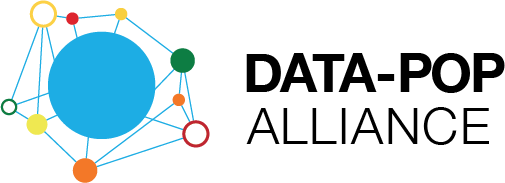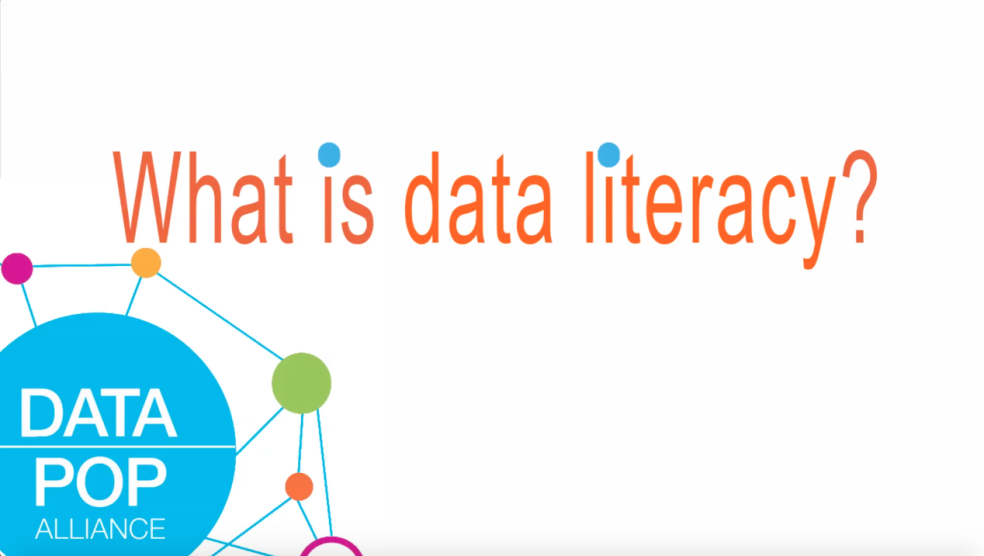“What is Data Literacy?” is the first video in our new series on Big Data and development.
In under two minutes, Cartoonist Manu takes us through a short history of what literacy is and was from the early 1800s through today. We explore the evolving definitions of data literacy – from drawing a cross to reading a newspaper to interacting with more advanced technologies – and lead up to what literacy means in the age of data in 2015 and beyond. What will it mean in 2020?
Filmed by Marina Katz.
This video coincides with our newly published paper entitled “Beyond Data Literacy: Reinventing Community Engagement and Empowerment in the Age of Data,” written in collaboration with Internews Center for Innovation and MIT Media Lab Center for for Civic Media. It also coincides with our Beyond Data Literacy Workshop, cohosted by Internews Center for Innovation. Here is a blog on the Workshop.
Watch the second video in the series on Big Data and development, “Entering the Age of Data: A Focus on Data Inclusion”.

